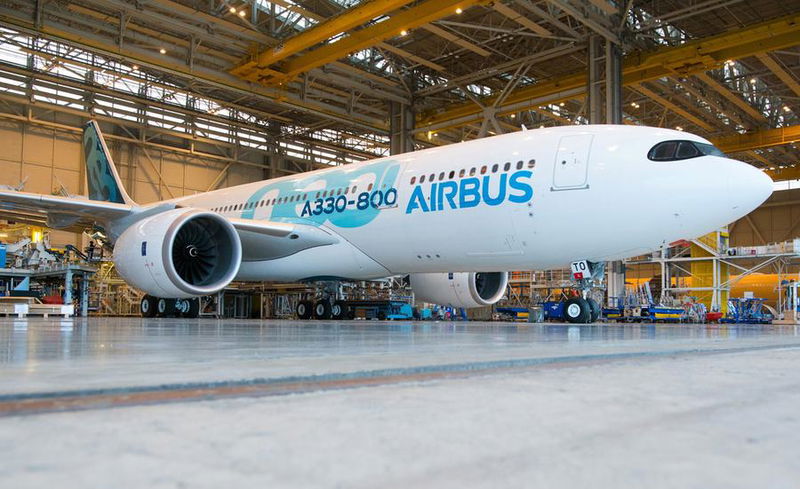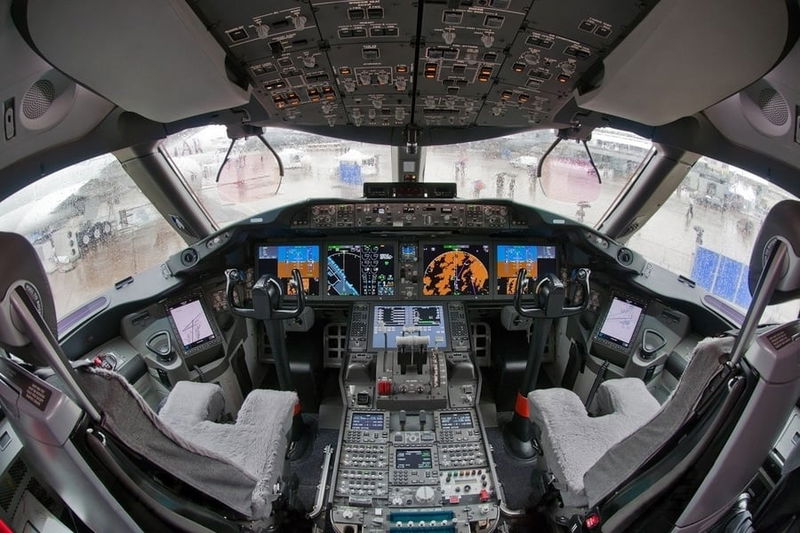EASA Pauses Single Pilot Operations Research

Larger commercial aircraft have always been managed by two (or more) pilots due to factors such as sharing workload, redundancy, cross verification and fatigue mitigation on longer flights.
In an attempt to reduce hiring costs, a number of airlines have expressed interest in some form of single pilot operations such as Extended Minimum-Crew Operations (eMCOs) or Single-Pilot Operations (SiPOs). However, it looks like this won’t be coming to the European Union any time soon.
In 2021, the European Union Aviation Safety Agency (EASA) commissioned the “Extended Minimum Crew Operations – Single Pilot Operations (eMCO-SiPO)” project, which was funded under the Horizon Europe Work Programme 2021-2022.
As the name suggests, the project explored two main concepts including eMCOs which allowed for single pilot operations during the cruise phase only, and SiPOs which would eventually allow for end-to-end single pilot operations.
After considering multiple factors, the EASA concluded that eMCO is not possible at this time given the current design of flight decks.
“With the current cockpit design taken as a reference, and within the limits of the research, it was identified that an equivalent level of safety between eMCO and the current two-crew operations cannot be sufficiently demonstrated.”
This doesn’t come as a surprise as the EASA expressed similar sentiments in this European Plan for Aviation Safety (EPAS) 2025 published in January.
If airlines want single pilot operations, they will have to work with aerospace manufactures to completely re-design flightdecks with the goal of supporting one pilot.
“In the longer-term, the presence of a ‘Smart Cockpit’ with novel workload alleviation functions, with flight crew performance, alertness, and incapacitation monitoring, and with a solution to prevent security threats may have the potential to set the basis for new operational concepts.
“However, any consideration of this will depend on the new technologies proving their safety benefit, which will require detailed assessment on the basis of data and experience gained in normal two-pilot operations.”

Labor costs can account for anywhere between 25-35% of an airline’s total operational expenses, so it’s not surprising to see carriers trying to find ways to reduce that expenditure.
On the flip side, the EASA’s pause on single pilot operations comes as welcome news for the European Cockpit Association. The association’s President, Captain Tanja Harter, said they will continue to campaign to keep two pilots in the flight deck, stating that, “two qualified, well-rested pilots—four eyes, two brains—is a system that works.”



